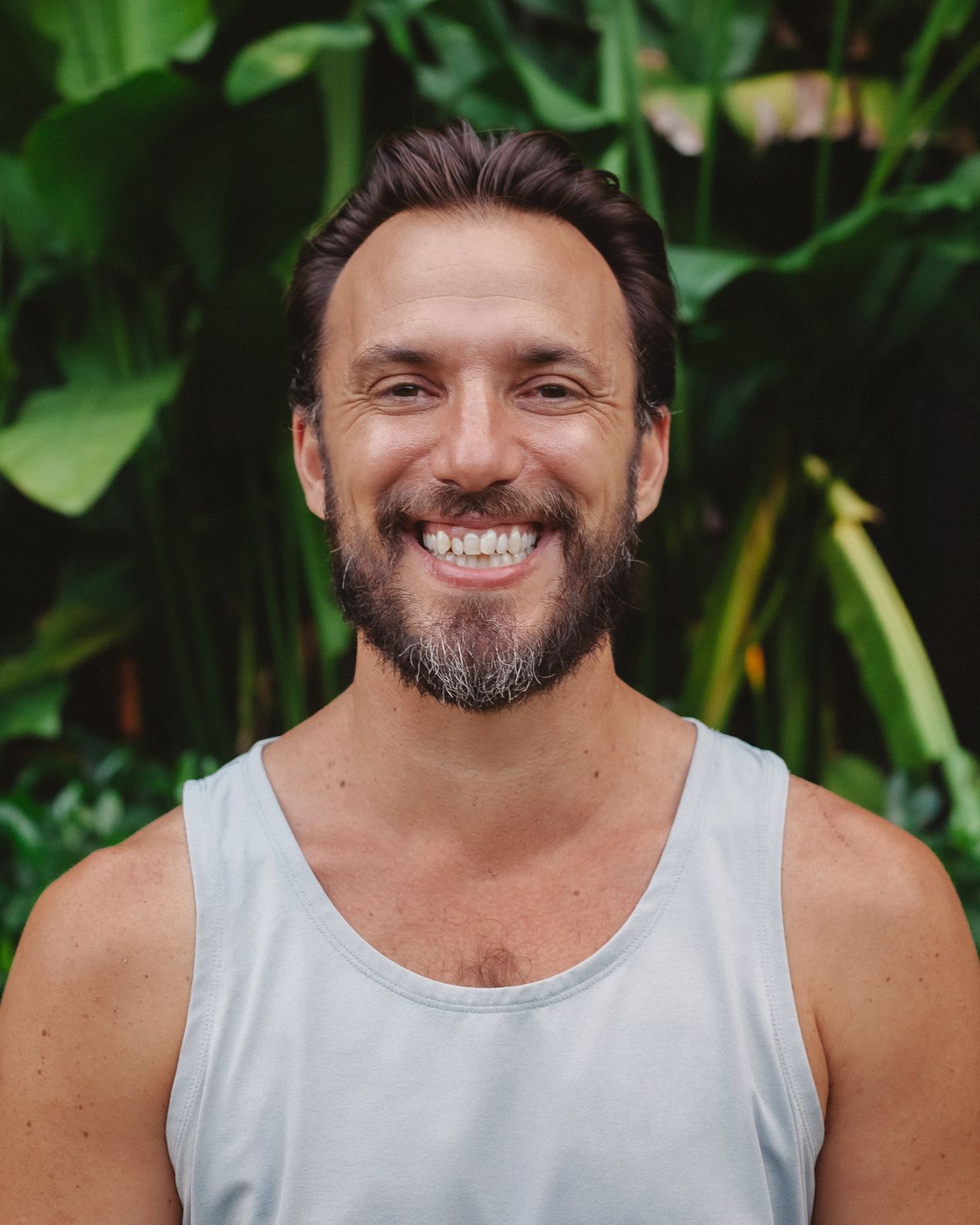Choosing the right yoga teacher training (YTT) is a big decision. With so many trainings available—ranging in style, quality, and depth—it’s important to find one that truly supports your growth, both as a practitioner and a future teacher. At Samasti Yoga, we’ve been running trainings for over a decade, and in this post, we’ll share what we believe are the most important factors to consider before committing to a YTT.
Whether you plan to teach or simply want to deepen your practice, these insights can help you make a more conscious and informed choice.
1. Start with the Style of Yoga
There’s no “one-size-fits-all” approach to yoga. From dynamic styles like Ashtanga and Vinyasa to more meditative forms like Yin or Hatha, each training will emphasize different physical and philosophical aspects.
Before choosing a training, ask yourself:
- What style do I genuinely enjoy practicing?
- Which style resonates with how I want to share yoga?
Ideally, your YTT should be rooted in a style you’ve already practiced and feel connected to—it’s the foundation upon which you’ll build everything else.
2. Experience and Integrity of the Teachers
This is arguably the most important element.
A good yoga teacher is not just someone who completed a training last month—they’re someone who has lived the practice, taught it consistently, and embodies what they share.
At Samasti, our lead teachers have decades of combined experience, not just practicing but also mentoring and guiding others. For example, Bernd has practiced intensively for several years (8–10 hours per day) before ever teaching, and spent over a decade teaching full-time before training others to teach. Our anatomy and physiology is led by Sean, a registered physiotherapist with 15+ years of yoga study, who brings clinical depth to physical practice and injury prevention.
This kind of background ensures that what you’re learning is more than just memorized cues—it’s embodied knowledge.
3. Yoga Philosophy (or Theory)
Philosophy is often taught as abstract theory or simply read from books—but yoga was never meant to be purely academic.
At Samasti, we prefer to call it yoga theory because it connects lived experience to ancient wisdom. For example, it’s one thing to discuss the concept of “emptiness” or “no-mind,” and another thing entirely to be guided by someone who has actually touched those states.
When choosing a training, ask:
- Have the teachers experienced the states they’re talking about?
- Are they teaching from multiple perspectives or dogmatically repeating one view?
- Have they studied across traditions and lineages, or just memorized one manual?
You deserve to learn from teachers who have both depth and perspective.
4. Anatomy: Who’s Teaching It?
Anatomy is often under-emphasized—or worse, taught by someone without the necessary qualifications. In some trainings, yoga teachers with no medical background teach anatomy based on a short online course.
This is a disservice to students. Misunderstood alignment cues, passed down without context, often lead to unnecessary injuries. A truly valuable training includes an educator with a background in both body mechanics and yoga.
Sean’s work as a physiotherapist at Samasti helps bridge that gap, ensuring that students leave with an accurate, safe understanding of how the body moves in yoga.
5. Practicum: Teaching Experience Matters
Teaching is a skill you learn by doing.
Some trainings offer just 15 minutes of practice teaching—split among four students. That’s not enough to build confidence or receive real feedback.
A strong training gives you time to:
- Teach full-length classes,
- Get direct, constructive feedback,
- Feel confident guiding others.
At Samasti, our students teach at least two full one-hour classes, supported by faculty and peers. It’s not about ticking boxes—it’s about making sure you’re actually ready.
6. The Group Size Goldilocks Zone
Too many students, and individual support suffers. Too few, and you miss out on diversity of bodies, perspectives, and energy.
We’ve found the sweet spot to be 15–25 students per training—large enough to foster dynamic group learning, small enough to ensure personal attention.
7. Immersive Setting: More Than Just a Location
Where you do your training has a direct impact on the quality of your experience.
Trainings that don’t include accommodation or meals often disrupt the flow: you’re rushing to find food between classes, navigating unfamiliar roads, or losing your internal focus. Worse still, hidden costs for food, transport, and extras can stack up quickly—sometimes costing more than an all-inclusive training would have.
At Samasti, we offer a complete residential experience: nourishing food, beautiful accommodation, and a serene environment that supports emotional safety and inner depth.
When you feel safe and supported, you can fully surrender to the process.
8. Yoga Alliance Certification
Even if you’re joining a YTT for personal growth, it’s smart to choose a training that’s Yoga Alliance certified. It gives you the flexibility to teach anywhere in the world and opens doors you may not even know you want yet.
Samasti’s trainings are fully accredited by Yoga Alliance and meet all international standards.
Final Thoughts: What Makes a YTT Truly Transformative?
There are many great trainings out there—and some that cut corners. The best yoga teacher training for you is one that aligns with your goals, supports your growth, and is taught by people who live and breathe yoga.
At Samasti Yoga, we don’t claim to be better than everyone else. But we do commit deeply to what we offer: experienced teachers, an integrated curriculum, personal mentorship, and a space designed for inner transformation.
If this sounds like what you’re looking for, we’d love to welcome you into one of our upcoming trainings in Bali.
Explore upcoming dates and full details at www.samasti-yoga.com.







